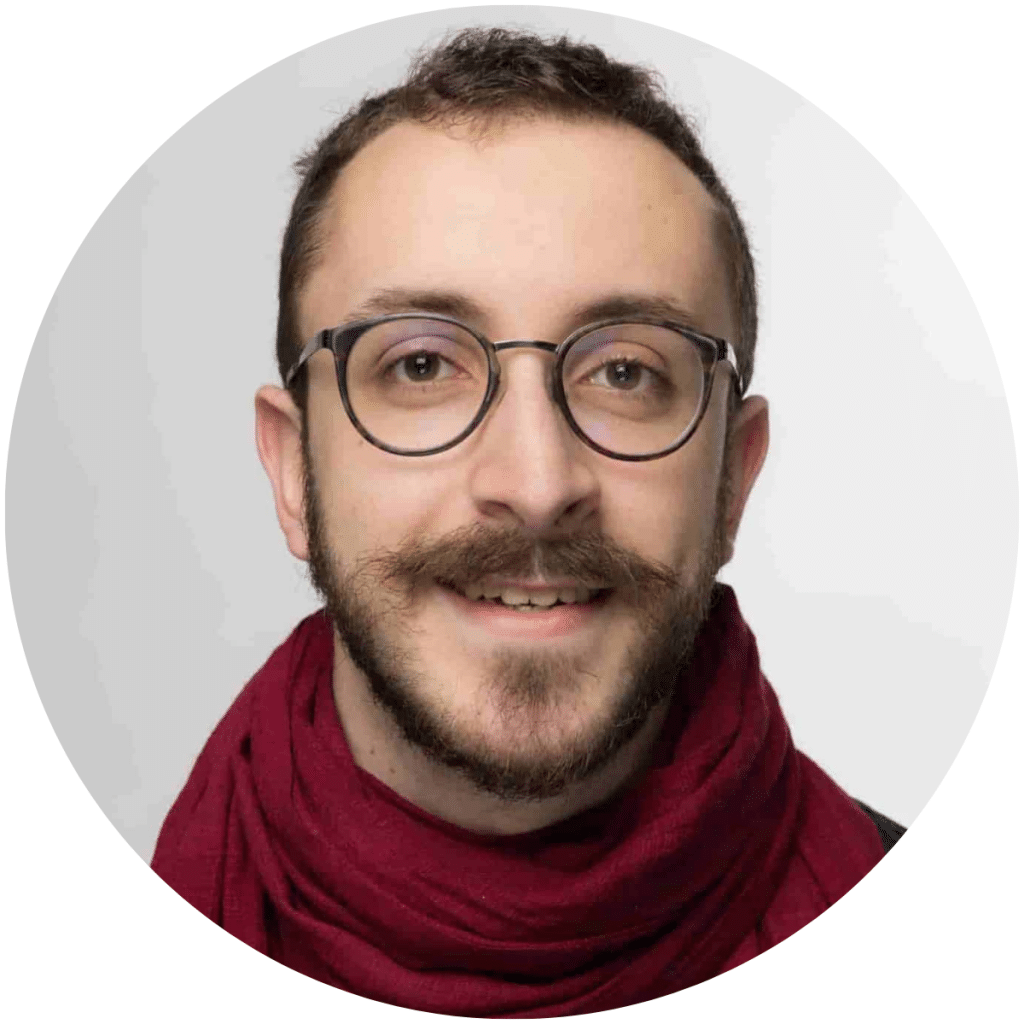Geometry and topography engineering officer at CEREGE since February 2025

From topography to geometry
I started off with a vocational baccalaureate, followed by a BTS in surveying and topography. What I liked was working in the field, doing precise work and taking concrete measurements. But quite soon I wanted to understand what else could be done with this data. That's what led me to do a professional degree in geomatics at La Rochelle. There I discovered satellite imagery, GIS, development open source, It was a completely new world. I saw that data could be used differently, in much broader contexts, such as research or decision support.
It was during this course that I became interested in the link between geomatics and public health. I applied for a work placement at the IRD, but it didn't work out in the end, but the contact stayed. A few months later, I was contacted again for a six-month assignment... which turned into a three-year collaboration.
Three years at the IRD: satellite imagery and public health
At the IRD, I worked in the ESPACE-DEV joint research unit in a Geography of Health team (GeoHealth) based at the Institut Pasteur du Cambodge in Phnom Penh, on projects linking the environment and epidemiology, particularly in Cambodia. The idea was to produce indicators based on satellite images (mainly Sentinel-2), to feed into models for analysing the risk of transmission of diseases such as malaria. I used a number of multispectral indices, rainfall and temperature data, and formatted them so that researchers could incorporate them into their statistical models.
I wasn't doing the epidemiological analysis as such, but I did play an important role in processing and structuring the data. My aim was to make the data accessible, consistent and reusable. For example, I set up simplified viewing and downloading tools, so that researchers could work on them easily, without needing to master the whole technical chain.
I was also lucky enough to take part in the launch of a remote sensing laboratory at the Cambodian Institute of Technology in Phnom Penh, where I set up the technical side with several of my colleagues from the ITC and ESPACE-DEV.
Territorial experience, then back to research
After the IRD, I spent a year working for the city of Strasbourg in a large geomatics department. It was a formative experience: the team was large (over 30 people), and the data was very detailed. I learnt how to work with well-oiled systems, with a real concern for quality, particularly for topographical maps. But I missed the interdisciplinary aspect. I wanted to return to a research environment, with more varied, more exploratory projects. That's when I discovered what CEREGE had to offer.
The laboratory was looking for someone to strengthen its GISeo platform. I was interested in the job because it brought together several of my skills: fieldwork, data processing, development and working with researchers.
My current position at CEREGE
I joined CEREGE a few months ago. I work on the SiGÉO platform, which covers geomatics, topography, photogrammetry and 3D modelling. I am called on by various teams to work on projects ranging from field mapping to the production of complex digital models.
I'm involved in campaigning, positioning, organising shots, image processing and post-processing, and will soon be taking part in drone acquisition following my training as a remote pilot this summer. I often use Metashape for photogrammetry, QGIS for mapping, and various Python or R scripts for data processing. I'm also working on archiving, sorting, formatting and sharing the data produced. The aim is to make it easy for researchers to use.
Structuring, documenting, communicating
What I bring to the table, over and above the tools, is a method. I pay a lot of attention to the structuring of metadata: who produced the data, when, with what tools, under what conditions. This is essential if the data is to be reusable in the medium or long term. I also try to think about the tools in terms of the end users: not just researchers, but also students and external partners.
We also work on immersive visualisation projects, using virtual reality. For example, we have produced a model of a field site that is then used in training courses. This is useful for students who were unable to take part in the campaign, or for documenting an area before it is modified.
Today, I'm keen to continue my training and to explore certain themes in greater depth. There are two areas that particularly interest me:
- Firstly, high precision on a small scale, particularly in photogrammetry. I want to improve the quality of 3D surveys, refine shooting techniques and understand how to detect micro-reliefs, textures and cracks.
- Secondly, the processing of time series from satellite images. I'd like to re-use what I learnt at the IRD to monitor environmental dynamics, such as erosion, sedimentation or changes in vegetation cover.
I'm also interested in training. I'd like to offer modules or workshops for PhD students and researchers in the lab, on GIS tools, photogrammetry or data structuring. I'm a great believer in the idea of transmission, especially when it comes to highly technical subjects.

